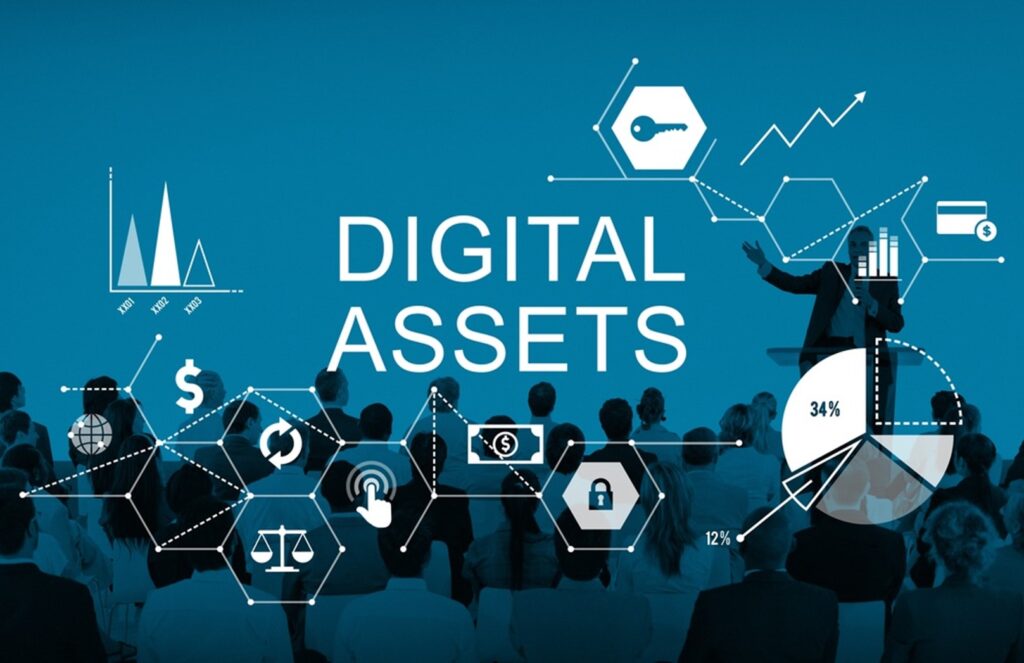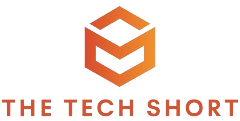
Digital assets have become increasingly popular in recent years, with more investors looking to diversify their portfolios beyond traditional assets like stocks and bonds. In this article, we will explore what digital asset investment is, its importance and relevance in modern investment portfolios, and the increasing popularity of digital asset investment.
Understanding Digital Assets
Digital assets are digital representations of value that can be traded or transferred electronically. They can be divided into two categories: cryptocurrencies and digital tokens. Cryptocurrencies are digital currencies that use cryptography to secure transactions and control the creation of new units. Digital tokens, on the other hand, represent assets or utilities and can be used for a variety of purposes.
Types and Examples of Digital Assets
There are various types of digital assets, including cryptocurrencies, NFTs (Non-Fungible Tokens), asset-backed tokens, and tokenized commercial real estate. Cryptocurrencies like Bitcoin and Ethereum are the most well-known digital assets, while NFTs have gained popularity in the art and gaming industries. Asset-backed tokens are backed by real-world assets like gold or real estate, while tokenized commercial real estate allows investors to own a fraction of a property.
A. Cryptocurrencies:
Cryptocurrencies represent one of the most recognized and widely adopted types of digital assets. Bitcoin, often referred to as digital gold, and Ethereum, known for its smart contract capabilities, are prime examples. These digital currencies operate on blockchain technology, ensuring secure and decentralized transactions. Cryptocurrencies have gained immense popularity as alternative investment opportunities and mediums of exchange in various industries.
B. Non-Fungible Tokens (NFTs):
Non-Fungible Tokens (NFTs) have emerged as unique digital assets that are indivisible and cannot be exchanged on a one-to-one basis. They have found substantial traction in the realms of art, gaming, and entertainment. Artists and creators use NFTs to tokenize their work, providing authenticity and ownership on the blockchain. NFTs have opened new avenues for digital art ownership and in-game assets, creating a decentralized and transparent ecosystem for creators and collectors alike.
C. Asset-Backed Tokens:
Asset-backed tokens are digital assets that derive their value from underlying real-world assets. These tokens are often tied to physical commodities like gold, real estate, or other tangible assets. For instance, a digital token may represent ownership of a specific quantity of gold stored in a vault. This type of digital asset provides investors with exposure to traditional assets while leveraging the efficiency and transparency of blockchain technology.
D. Tokenized Commercial Real Estate:
Tokenized commercial real estate involves the representation of real estate assets in the form of digital tokens on a blockchain. Investors can purchase these tokens, which represent fractional ownership in a property. This democratizes access to real estate investments, allowing individuals to own a portion of high-value properties that may have otherwise been financially out of reach. Tokenization of commercial real estate enhances liquidity and transparency in the real estate market, making it an attractive option for investors.
The Role of Decentralized Finance (DeFi)
Decentralized Finance (DeFi) is a new financial system built on blockchain technology that allows for peer-to-peer transactions without intermediaries. DeFi has contributed to the growth of digital asset investment by providing new opportunities for investors to earn yield on their assets and participate in governance of decentralized protocols.
Blockchain Technology and Digital Asset Trading Platforms
Blockchain technology is the underlying technology behind digital assets, providing a secure and transparent way to record transactions. Digital asset trading platforms like Coinbase and Binance allow investors to buy, sell, and trade digital assets. Tokenization of digital assets has also enabled the creation of marketplaces for fractional ownership of assets.
Pros and Cons of Digital Assets
Digital assets offer several advantages, including high liquidity, low transaction fees, and the potential for high returns. However, they also come with risks, including volatility, lack of regulation, and security concerns. It is important for investors to understand these risks and how to manage them.Pros of Digital Assets:
- Decentralization: One of the primary benefits of digital assets is their ability to connect asset owners directly to execute transactions without the need for intermediaries. This approach gives users a sense of authority and independence over their transactions.
- Ownership Rights: Digital assets ensure that ownership records are meticulously maintained on a secure, decentralized ledger called the blockchain. For example, NFTs, a digital asset, allow musicians, content creators, and artists to sell ownership rights for their art, opening up a new revenue stream from their digital creations. The ability to prove ownership through NFTs is crucial in the digital age, where digital content easily gets copied without the owner’s permission.
- Speedy Transactions: Traditional financial systems may take several days to process transactions, but digital asset transactions are comparatively faster. These assets also give you fractional ownership, meaning if you wish, you can sell a portion of your investment and keep the rest.
Cons of Digital Assets:
- Highly Volatile: Digital assets like cryptocurrencies and NFTs tend to be highly volatile. The value of digital assets can fluctuate rapidly over a short period, leading to significant gains or losses for investors. Since the value of these assets is affected by factors like regulatory changes and global events, they can be high-risk investments.
- Prone to Scams: The digital assets market is vulnerable to frauds and scams, including pump-and-dump schemes and plagiarized NFTs, which can result in significant losses for users. There have also been accusations of insider trading associated with cryptocurrencies and NFTs. Investors must be cautious and check the authenticity of these assets before making purchases.
- Cybersecurity Risks: Digital assets are also susceptible to cyber crimes like hacks and phishing schemes, which require the owners of such assets to take precautions to protect them. In a market where security and reliability differ widely from one situation to another, how a user chooses to store their assets and with which particular institutions will determine how secure they are.
Digital Asset Management
Managing digital assets effectively requires a solid understanding of the market and the ability to make informed investment decisions. Reputable investment platforms like MintonBlock can provide investors with access to a diversified portfolio of digital assets and professional management.
MintonBlock Digital Asset Investment Fund
MintonBlock is a digital asset investment fund that offers investors access to a diversified portfolio of digital assets. The fund is managed by a team of experienced professionals and offers unique features like daily liquidity and low fees.
Why Digital Assets for Portfolio Diversification
Diversifying investment portfolios is important for reducing risk and maximizing returns. Digital assets offer a unique opportunity for diversification beyond traditional assets like stocks and bonds. By adding digital assets to their portfolios, investors can potentially increase returns and reduce overall risk.
Conclusion
Digital asset investment is an exciting and rapidly evolving field that offers new opportunities for investors. By understanding the basics of digital assets, the role of DeFi and blockchain technology, and the pros and cons of digital asset investment, investors can make informed decisions about adding digital assets to their portfolios.
Additional Resources
– Digital Real Estate Investing for Beginners
– Investing in Virtual Real Estate
– Virtual Real Estate Investment in the Metaverse

